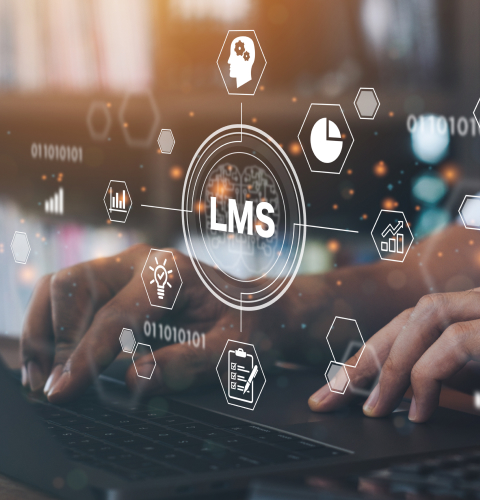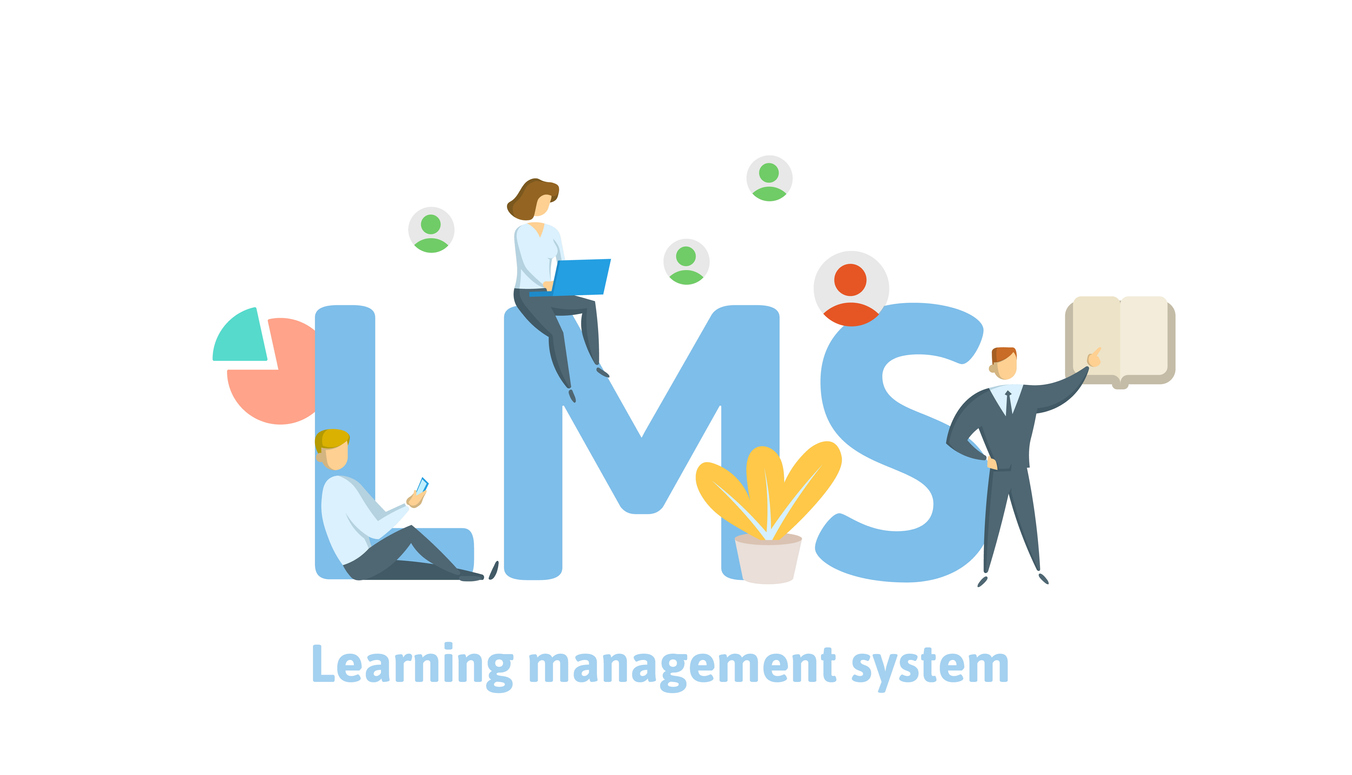Canvas Singapore: A Advanced Solution for Digital Learning Needs
Canvas Singapore: A Advanced Solution for Digital Learning Needs
Blog Article
Knowing Management Systems: Simplify and Track Your Understanding Objectives
In today's educational landscape, Discovering Monitoring Systems (LMS) stand out as crucial instruments for improving the performance of learning procedures. The inquiry remains: what certain attributes can an LMS deal to optimize your discovering trip and guarantee you meet your goals?
What Is an Understanding Management System?
A Knowing Monitoring System (LMS) is typically a software application created to promote the management, paperwork, tracking, and shipment of instructional courses or training programs. At its core, an LMS supplies a central system where instructors and students can connect successfully. This system streamlines the educational process by enabling trainers to develop and take care of web content, assess student performance, and interact with students.
LMS options come geared up with numerous functions, such as course enrollment, content administration, and coverage tools (lms singapore). They support diverse discovering styles, including e-learning, mixed knowing, and conventional classroom instruction. In addition, LMS systems can include multimedia aspects, such as videos and interactive quizzes, enhancing the discovering experience
The execution of an LMS can vary significantly based on the requirements of the organization, varying from small companies to huge instructional organizations. This versatility makes LMS remedies suitable for numerous contexts, consisting of business training, professional advancement, and scholastic education and learning. As innovation remains to evolve, the function of LMS in fostering reliable knowing environments continues to be progressively essential, providing both instructors and learners with the needed tools to attain their academic objectives.
Advantages of Using an LMS
Making Use Of a Discovering Management System uses various benefits that improve both training and learning experiences. Firstly, an LMS streamlines instructional resources, making it less complicated for teachers to arrange and deliver material to pupils. This structured access to materials cultivates a reliable learning atmosphere where trainees can involve with coursework at their own speed.
Furthermore, LMS systems frequently come outfitted with analytics and reporting attributes, allowing instructors to track pupil development and identify locations where people might need extra assistance. This data-driven approach not only notifies direction yet additionally enhances overall trainee results by promoting targeted interventions.
Furthermore, the versatility of an LMS suits numerous learning styles and preferences, enabling the combination of multimedia resources that cater to diverse trainee requirements. This versatility is specifically beneficial in today's significantly electronic landscape.
Furthermore, an LMS advertises cooperation through conversation online forums and team tasks, motivating peer communication and communication. Such interaction improves vital thinking and problem-solving abilities, crucial components of a well-rounded education and learning. On the whole, the benefits of utilizing a Learning Monitoring System considerably add to a much more organized, effective, and efficient instructional experience for both teachers and students.
Secret Functions to Look For
When selecting you could try here a Discovering Administration System (LMS), numerous crucial features can considerably affect the efficiency of the system. Firstly, user-friendliness is vital. An instinctive this link interface ensures that both learners and administrators can navigate the system easily, lowering training time and increasing engagement.
Next, robust coverage and analytics capacities are crucial. These functions enable companies to track learner progression, examine training course efficiency, and recognize locations for enhancement. Thorough understandings assist in educated decision-making and improve the general knowing experience.
Furthermore, scalability is an essential consideration. The LMS needs to have the ability to accommodate an enhancing variety of users and material without endangering performance. This adaptability makes sure the system can expand along with the company.
Integration with existing tools and platforms is likewise crucial. An LMS that effortlessly gets in touch with various other software program, such as HR systems or content authoring tools, enhances workflow efficiency and data consistency.
Lastly, consider mobile compatibility. A mobile-friendly LMS allows learners to access materials anytime, anywhere, promoting a more flexible knowing atmosphere. lms singapore. By prioritizing these key features, organizations can pick an LMS that properly fulfills their instructional objectives
Carrying Out an LMS in Your Process
Selecting the right Learning Management System (LMS) is only the primary step; successful implementation within your operations is equally important. To make certain a smooth change, begin by clearly specifying your understanding goals and desired end results. Involve essential stakeholders early to garner support and address possible worries.
Next, evaluate existing procedures and recognize exactly how the LMS can integrate seamlessly. This entails mapping out operations, figuring out which functions of the LMS will certainly be used, and assigning duties for material creation, administration, and user accessibility. Giving appropriate training for all users is critical; think about customized sessions to deal with various skill degrees and obligations.

Lastly, keep open lines of communication throughout the implementation procedure. Routine check-ins with users will certainly help recognize any type of obstacles and assist in ongoing support, making sure that the LMS comes to be an integral component of your learning environment.
Best Practices for Objective Tracking
To successfully track learning objectives within your LMS, it's necessary to develop clear metrics and benchmarks that line up with your educational goals. Begin by defining certain, quantifiable, achievable, pertinent, and time-bound (SMART) goals for students. This clarity will make it possible for both instructors and trainees to monitor development properly.
Utilize the built-in analytics devices of your LMS to gather data on training course completion rates, evaluation ratings, and engagement levels. Consistently evaluate these metrics to determine fads, locations for improvement, and prospective barricades. Incorporating developmental analyses throughout the learning process can supply prompt responses, enabling adjustments to be made in real-time.
Furthermore, motivate self-tracking amongst students by providing them with tools such as progress charts or dashboards. This promotes responsibility and motivates them to take ownership of their educational journey.
Lastly, communicate on a regular basis with students concerning their progression. Set up check-ins or responses sessions can aid enhance objectives and urge discussion concerning obstacles dealt with. By applying these ideal techniques, companies can make certain reliable objective tracking, eventually enhancing the overall learning experience and end results within the LMS structure.

Conclusion
In recap, Understanding Monitoring Solution (LMS) serve as invaluable tools for enhancing educational experiences by centralizing sources and promoting interaction between instructors and students. Eventually, an LMS is important for achieving scholastic goals and fostering a helpful discovering atmosphere.
Report this page